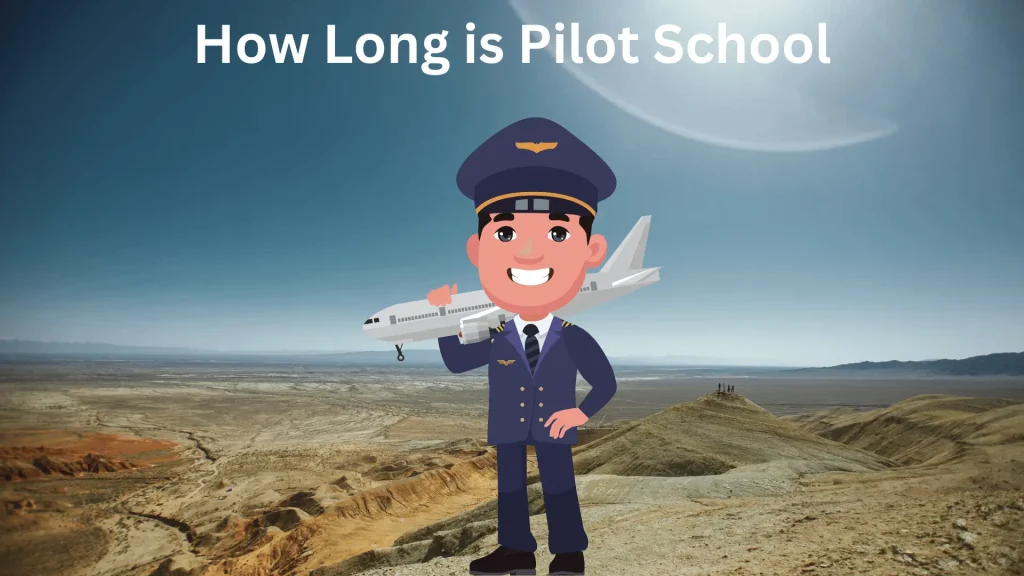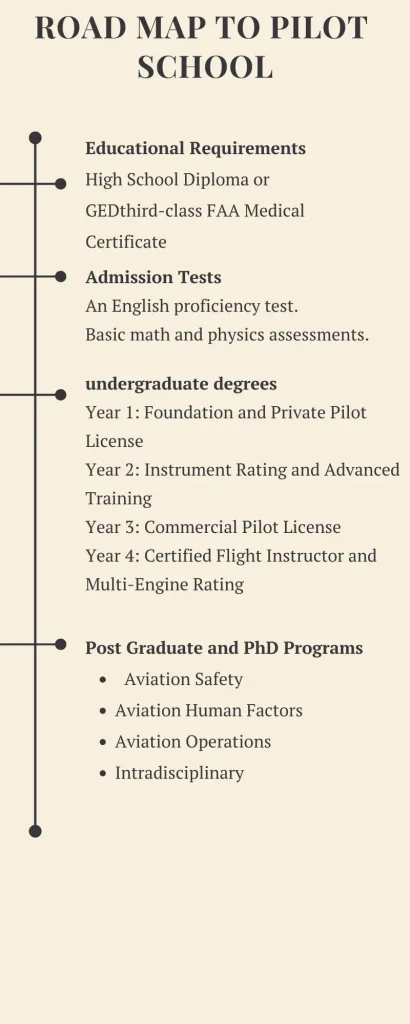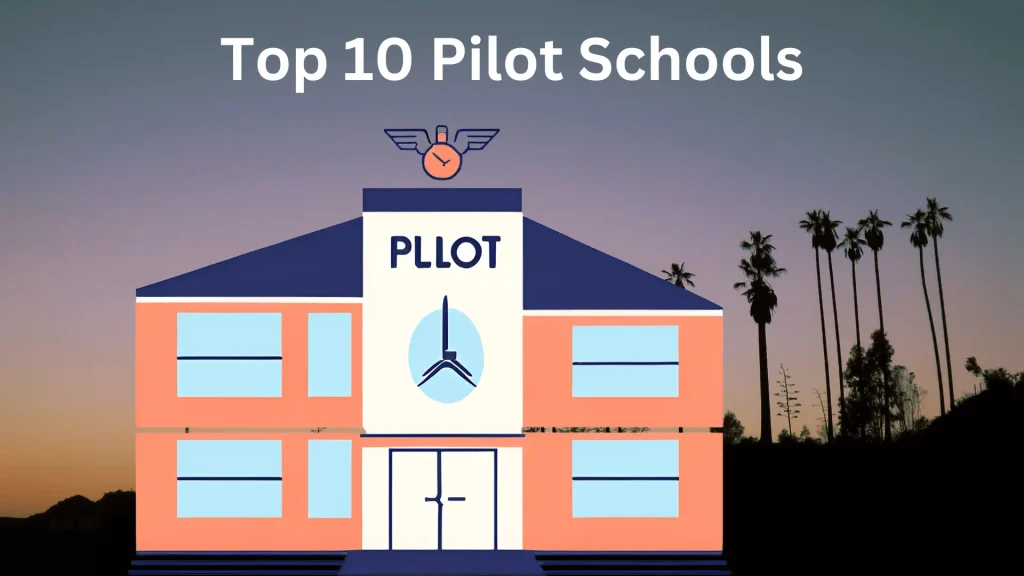Becoming a pilot is a dream career for many, filled with adventure and responsibility. But one question often arises: How long is pilot school? This comprehensive guide will provide an in-depth look into the timeline and processes involved in pilot training, ensuring you are well-informed before embarking on this exciting journey.
What is Pilot School?
Pilot school is an educational institution where aspiring pilots receive training in aviation. It encompasses both ground school, where theoretical knowledge is imparted, and flight school, where practical flying skills are developed. The goal is to prepare students for various pilot certifications, from private to commercial licenses.

Pilot schools can range from specialized aviation academies like ATP Flight School to university programs offering degrees in aviation and aeronautical sciences. These schools provide the foundational knowledge and practical experience required to safely operate aircraft and pursue a career in aviation.
How Long is Pilot School?
Pilot school duration primarily depends on the type of program chosen, typically focusing on undergraduate degrees in aviation.
- Certificate Programs: These programs can range from 6 months to 1 year, providing foundational knowledge and flight training.
- Diploma Programs: Lasting from 1 to 2 years, diploma programs offer more extensive training in aviation theory, flight operations, and aircraft systems.
- Associate Degree Programs: Spanning approximately 2 years, associate degree programs combine academic coursework with flight training, preparing students for entry-level pilot positions.
Year 1: Foundation and Private Pilot License
Courses and Subjects:
- Introduction to Aviation: Covers the basics of aviation, history, and industry overview.
- Aerodynamics and Aircraft Systems: Understanding the principles of flight and aircraft mechanics.
- Private Pilot Ground School: Prepares students for the FAA Private Pilot Knowledge Test.
- Initial Flight Training: Practical flying lessons to master basic maneuvers.
Timeline: Completing the private pilot license typically takes around 3 months if you are dedicated and enrolled in an intensive program like ATP’s fast track.
Year 2: Instrument Rating and Advanced Training
Courses and Subjects:
- Instrument Rating Ground School: Teaches flying solely by reference to instruments.
- Advanced Navigation and Meteorology: Essential for understanding weather patterns and advanced navigation techniques.
- Instrument Flight Training: Practical training to fly in various weather conditions and under instrument flight rules (IFR).
Timeline: The instrument rating can be achieved in an additional 4 months, making the total 7 months from the start.
Year 3: Commercial Pilot License
Courses and Subjects:
- Commercial Pilot Ground School: Focuses on advanced aerodynamics, flight planning, and regulations.
- Multi-Engine Training: Learning to operate aircraft with more than one engine.
- Commercial Flight Training: Includes complex maneuvers, precision flying, and extensive cross-country flights.
Timeline: Gaining the commercial pilot license takes around 5 months, culminating in about 12 months of total training.
Year 4: Certified Flight Instructor and Multi-Engine Rating
Courses and Subjects:
- Flight Instructor Ground School: Prepares students to teach others how to fly.
- Advanced Flight Maneuvers: Mastering techniques needed to instruct student pilots.
- Multi-Engine Rating Training: Further training on multi-engine aircraft operations.
Timeline: Achieving the certified flight instructor and multi-engine rating takes an additional 2 months, making the total duration approximately 14 months.

How to Enter Pilot School
Educational Requirements
To enter pilot school, you generally need to:
- Be at least 16 years old for a student pilot certificate.
- Hold a high school diploma or equivalent.
- Be fluent in English.
- Obtain a third-class FAA Medical Certificate for a student pilot or second-class for a commercial pilot 13.
Admission Test
Admission tests vary by institution but typically include:
- An English proficiency test.
- Basic math and physics assessments.
- An interview to assess your passion and commitment to aviation.
Admission Process
The admission process usually involves:
- Completing an application form.
- Submitting educational transcripts and medical certificates.
- Passing the admission tests and interview.
- Receiving an admission offer and enrolling in the program.
Financial Aid
Pilot training can be expensive, but financial aid options are available:
- Scholarships from aviation organizations and schools.
- Student loans specifically for aviation training.
- Grant programs for minority and disadvantaged students.
- Military programs that cover training costs in exchange for service commitments
Post Graduate and PhD Programs
Specializations
Graduate and PhD programs in aviation offer specializations to cater to advanced careers in the field:
- Aviation Safety: Focuses on safety management systems, safety practices, and regulations.
- Aviation Human Factors: Covers human factors theories, human-centered design, and practices in aviation.
- Aviation Operations: Studies current practices, operations research, and decision-making tools in aviation.
- Intradisciplinary: Offers a cross-disciplinary approach for a broader interest in aviation.
For example, Embry-Riddle Aeronautical University’s PhD in Aviation program offers these specializations and aims to contribute to high-level performance in various fields of aviation.
Top 10 Pilot Schools
Here is a list of the top 10 pilot schools in the world and the courses they offer:

Purdue University:
BSc in Aviation Management
Aeronautical Engineering Technology
Unmanned Aerial Systems
Ohio University:
Associate degree in Aviation Flight Technology
Bachelor’s in Aviation Flight
Bachelor’s in Aviation Management
Bowling Green State University:
Bachelor’s in Flight Technology and Operations
Aviation Management and Operations
Community College of Allegheny County:
Associate of Science in Aviation Management
Associate of Science in Aviation Technology
Private Pilot Certificate
Central Washington University:
Bachelor’s in Aviation Management
Professional Pilot
Miami Dade College:
Associate degrees in Aviation Administration
Aviation Maintenance Management
Professional Pilot Technology
Liberty University:
Bachelor’s in Aeronautics
Aviation Administration
Aviation Maintenance
Baylor University:
Bachelor of Science in Aviation Sciences
Aviation Administration
University of North Dakota:
BSc in Commercial Aviation
BSc in Aviation Safety & Operations
Embry-Riddle Aeronautical University:
Bachelor’s in Aeronautical Science
Bachelor’s in Aviation Business Administration
Factors Affecting the Length of Pilot School
Different factors can affect the length of pilot school:
Type of Program: Full-time vs. part-time.
Weather Conditions: Poor weather can delay flight training.
Student’s Learning Pace: Individual learning speed and proficiency.
Training Aircraft Availability: Limited aircraft can lead to scheduling delays.
Instructor Availability: Limited number of instructors can extend training time.
Financial Constraints: Financial issues can interrupt or delay training.
Final Verdict
Understanding how long is pilot school is crucial for planning your aviation career. The journey typically spans 3 to 4 years for a comprehensive undergraduate program, but accelerated programs can shorten this timeline. Ensuring you meet the educational requirements and exploring financial aid options can help you achieve your dream of becoming a pilot.
FAQs
1. How long does it take to become a commercial pilot?
It typically takes about 1 to 2 years of training to become a commercial pilot, including obtaining a private pilot license and an instrument rating.
2. Is a college degree required to become a pilot?
No, a college degree is not required to become a pilot, though it can be beneficial for career advancement and certain airline requirements.
3. What is the cost of pilot school?
The cost of pilot school can vary widely, ranging from $50,000 to over $100,000 depending on the program and institution.
4. Can I get financial aid for pilot training?
Yes, various financial aid options are available, including scholarships, student loans, grants, and military programs.
5. What are the job prospects after completing pilot school?
Job prospects for pilots are generally strong, with opportunities in commercial airlines, corporate aviation, flight instruction, and more.
By following this guide, you’ll be well-prepared to navigate the process and soar towards your career in aviation.
